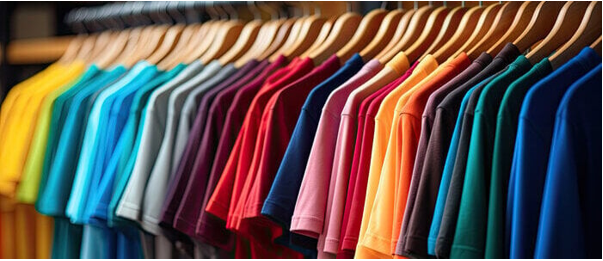i INP-WEALTHPK
Abdul Ghani
Pakistan’s value-added textile and apparel sector emerged as the key driver of export growth in the first quarter of FY26, offsetting losses in the traditional cotton and fabric categories. The country’s shift from raw and semi-processed exports toward finished, value-added products has helped sustain foreign exchange earnings despite multiple structural challenges, according to the Pakistan Textile Council’s Pakistan Textile & Apparel Exports Q1FY26 report.

During July–September FY26, exports of apparel and made-up textiles — classified under Chapters 61–63 — rose to $3.99 billion from $3.685 billion in the same quarter of the previous year, marking an 8% increase. The strongest growth was seen in knitwear exports, which climbed by 12.2% to $1.424 billion, followed by non-knit apparel at $1.057 billion (+6.1%) and other made-up articles at $1.517 billion (+6.9%). Together, these categories accounted for more than 80% of Pakistan’s total textile export earnings during the quarter.
In contrast, traditional textile exports — covering cotton, yarn, man-made filaments, and grey fabrics (Chapters 50–60) — fell sharply to $789 million, down 6.8% from $847 million in the same period last year. Cotton exports dropped 7.8%, knitted fabrics fell 29.5%, and carpets were down 11.4%. The Council attributed this persistent weakness to high energy costs, low cotton productivity, and limited modernization in the spinning and weaving sectors.
Over a five-year horizon, the data reveal a clear structural transformation in Pakistan’s textile composition. Between 2021–22 and 2025–26, value-added exports (HS 61–63) grew from $3.43 billion to $3.99 billion — a cumulative rise of 16.3% and a compound annual growth rate (CAGR) of 3.9%. Meanwhile, traditional textile exports under HS 50–60 dropped from $1.04 billion to $789 million during the same period. The shift underscores Pakistan’s gradual move toward product sophistication and adaptation to global markets.
The PTC noted that value-added categories benefited from steady demand in major markets, especially the European Union and the United States. Knitwear and fashion apparel remain top-selling Pakistani products in both destinations. Items such as bed linen, towels, and ready-made garments led shipments to Europe, while hosiery, T-shirts, and cotton trousers performed strongly in the United States.
However, the report cautioned that Pakistan’s competitive edge in value-added goods could erode unless energy tariffs and wage regulations are aligned with regional benchmarks. Exporters face higher input costs compared to competitors in Bangladesh and Vietnam, affecting pricing flexibility. The Council urged the government to rationalize energy tariffs, automate tax refunds, and expand export finance facilities to encourage further investment in higher-value segments.
The report also highlighted a concerning imbalance — while the value-added segment continues to grow, the underlying raw-material base (cotton, yarn, and fabric) is weakening. The Council called for a “dual-focus approach”: revitalizing the cotton and spinning industry while simultaneously incentivizing innovation in the apparel segment.
It added that affordable financing for machinery upgrades, skill development in garment design, and compliance with sustainability standards could enhance Pakistan’s long-term competitiveness. If properly supported, the value-added sector could grow at a much higher CAGR than the current 3.9%, significantly improving the country’s export diversification and resilience.
The Council concluded that Pakistan’s export structure now shows encouraging signs of evolution. Yet, sustaining this momentum will require addressing high production costs, ensuring consistent policy implementation, and promoting innovation-driven industrial growth across the textile value chain.
Credit: INP-WealthPk



